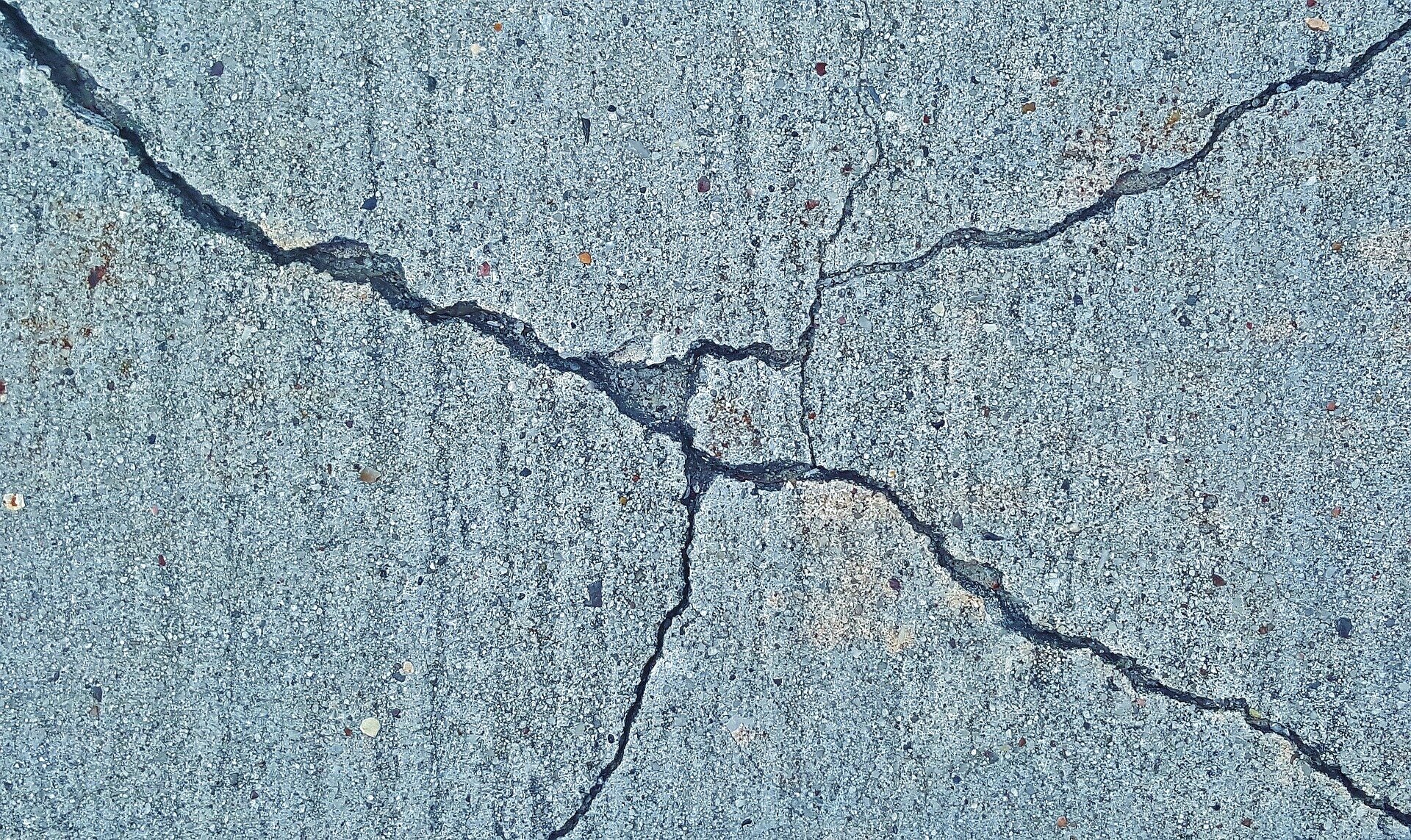East Coast residents were jolted Friday by a 4.8-magnitude earthquake centered near Lebanon, New Jersey, with weak rumblings felt as far away as Baltimore and the Massachusetts-New Hampshire border. No life-threatening injuries or major damage have been reported.
Here’s what to know about earthquakes on the East Coast.
How often do New York City and the East Coast get earthquakes?
Earthquakes large enough to be felt by a lot of people are relatively uncommon on the East Coast. Since 1950 there have been about 20 quakes with a magnitude above 4.5, according to the United States Geological Survey. That’s compared with over 1,000 on the West Coast.
That said, East Coast quakes like the one experienced Friday do happen.
“There’s a history of similar-sized earthquakes in the New York region over the last few hundred years,” said Jessica Thompson Jobe from the USGS’ Earthquake Hazards Program.
When was the last big East Coast quake?
In 2011, a 5.8 magnitude earthquake near Mineral, Virginia, shook East Coast residents over a wide swath from Georgia to Maine and even southeastern Canada. The USGS called it one of the most widely felt quakes in North American history.
The quake cost $200 to $300 million in property damages, including to the Washington Monument in Washington, D.C.
What’s the difference between East and West Coast quakes?
The West Coast lies on a boundary where sections of Earth’s crust rub together, causing stress and slippage along fault lines that generate earthquakes relatively often.
East Coast quakes like Friday’s are caused by compression over time of hard, brittle rock deep underground, according to Robert Thorson, an earth sciences professor at the University of Connecticut. “It’s like having a big block of ice in a vise and you are just slowly cranking up the vise,” he said. “Eventually, you’re going to get some crackling on it.”
These East Coast quakes can be harder to pinpoint. And they tend to affect a broader area. That’s because colder, harder East Coast rocks are better at spreading the rattling energy from an earthquake.
The distribution of cities across the East Coast also means that more people are around to experience the effects of a quake.
“We also have population centers over a large part of the northeast,” said Leslie Sonder, a geophysicist at Dartmouth College, “So a lot of people around here feel the earthquake.”
How do you stay safe during a quake?
USGS experts say there is a risk of aftershocks for weeks to months, which are expected after any earthquake. They recommend paying attention to emergency messaging from local officials.
To keep safe from shakes while sleeping, remove any furniture or objects that could fall and injure you or others.
If you feel shaking, drop where you are. Cover your head and neck with one arm, crawl under a table for shelter and hold on. If there’s no shelter nearby, grasp your head and neck with both hands until the shaking stops.
© 2024 The Associated Press. All rights reserved. This material may not be published, broadcast, rewritten or redistributed without permission.
Citation:
East Coast earthquakes aren’t common, but they are felt by millions. Here’s what to know (2024, April 6)
retrieved 6 April 2024
from https://phys.org/news/2024-04-east-coast-earthquakes-common-felt.html
This document is subject to copyright. Apart from any fair dealing for the purpose of private study or research, no
part may be reproduced without the written permission. The content is provided for information purposes only.


